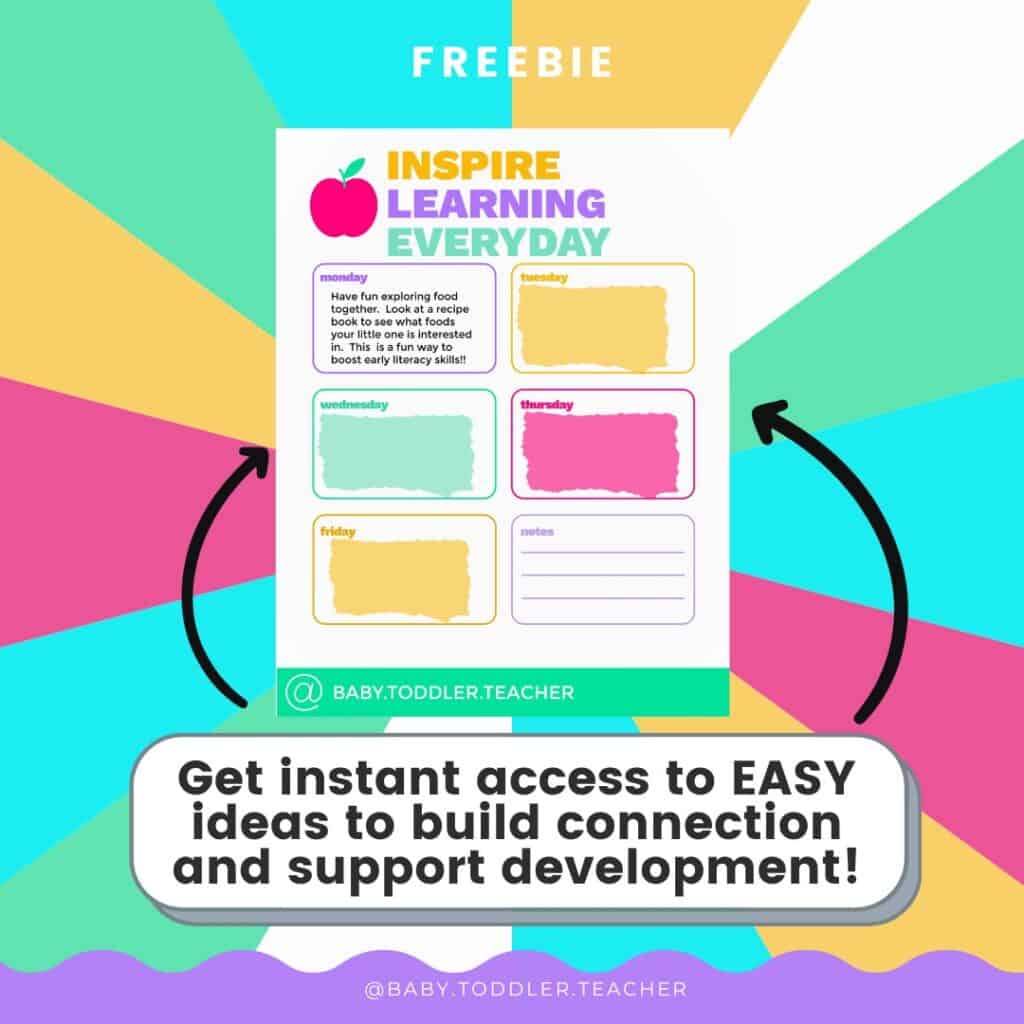Let’s Talk About Screen Time!
In today’s digital age, screen time is an inevitable part of our daily lives, and it is no different for our young kids.
As parents, it’s natural to worry about the impact of screen use on child development.
However, you may find comfort in knowing that screen time doesn’t have to be the enemy.
This article will guide you on how to best utilize screen time for your toddler, and will hopefully alleviate some of that guilt you’ve been feeling about letting your little one play with your tablet or watch their favorite TV show.

(This post may contain affiliate links. To read our full disclosure policy click here.)
How Much Screen Time Should Toddlers Have?
According to the American Academy of Pediatrics (AAP), children under the age of 18 months should not be exposed to any screen time, with the exception of video chats.
This is due to the critical nature of this stage in a child’s development, where direct interactions with caregivers are of utmost importance.
As they grow older, from 18 to 24 months, they may begin to engage with screens, but this media use should be limited to high-quality programs that parents or caregivers view alongside them.
This co-viewing enhances the learning experience and fosters a sense of shared understanding.
When children reach 2 to 5 years, the AAP recommends limiting their screen time to approximately one hour per day of high-quality programs.
Common Sense Media also has lots of tips and information regarding use how to use media with young children.
Create a Plan for Use
Creating a plan for screen time use can provide a clear structure that helps manage your toddler’s exposure to digital devices while promoting healthy habits.
It’s essential for family members to discuss and determine the amount of time they want their child in front of a screen.
The decision should be realistic, taking into consideration the family’s daily routine, and the child’s age and needs.
In the plan, consider specifying the type of content your child is allowed to watch.
Not all television shows are created equal; choose high-quality, educational programs that can contribute to your child’s developmental growth.
The time of day when screen time occurs should also be thoughtfully chosen.
For instance, avoiding screen time just before bed can facilitate better sleep.
By making these decisions collectively as a family, you ensure all members are on the same page and understand the importance of balanced and moderated screen time.
This unified approach helps to ensure the effective implementation of the plan while teaching your child about responsible use of digital media.
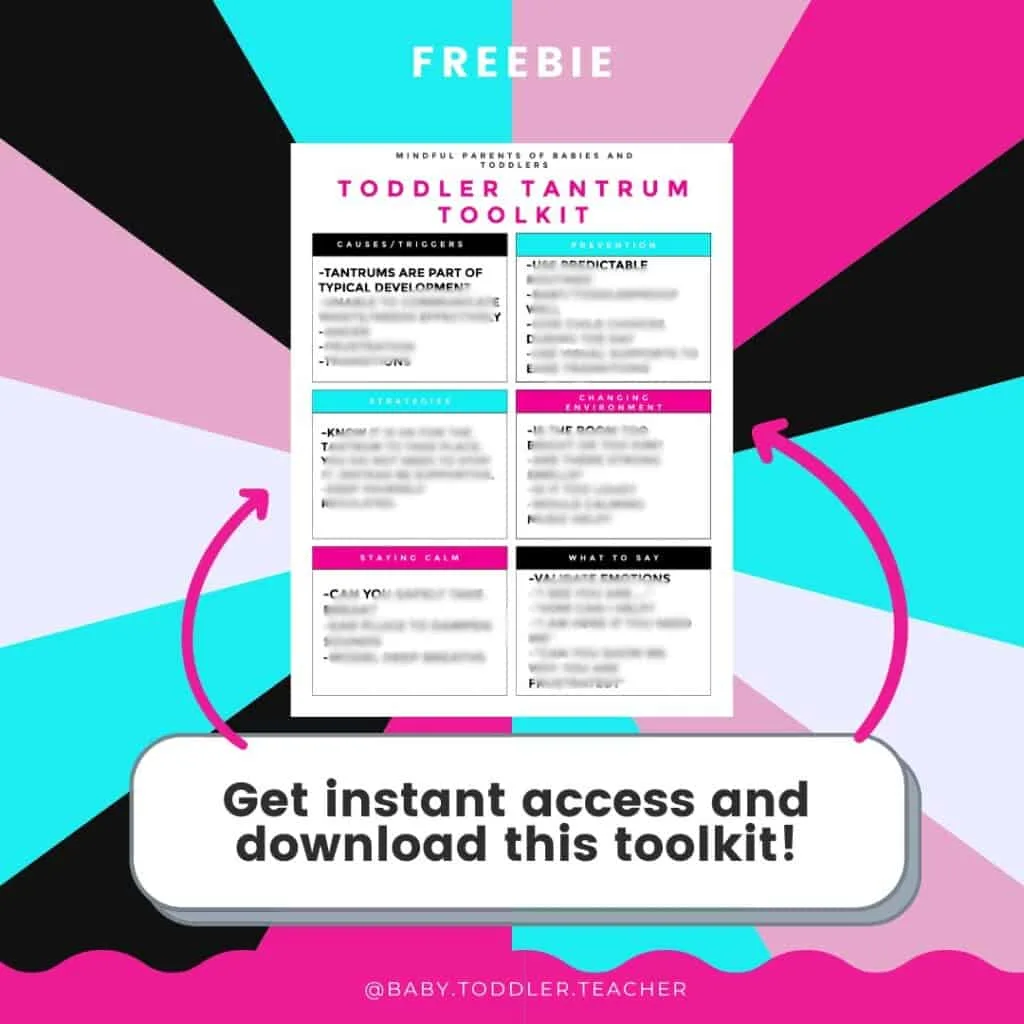
Setting Limits on Screen Time
Setting limits on screen time is a crucial step toward establishing healthy habits that protect the overall well-being of your family.
Imposing time limits can prevent excessive screen exposure, which has been linked to negative impacts such as sedentary behavior, inadequate sleep, and impaired social skills.
It’s important to remember that too much time on mobile phones or in front of the TV can crowd out real-life experiences and physical activities vital for your child’s development.
Balancing screen time with other activities, such as outdoor play and educational programming, can help ensure that digital media is used as an enriching tool rather than a mindless pastime.
For instance, once the imposed time limit for using digital devices is over, encourage your kids to engage in physical exercises or to play outside.
This strategy not only promotes physical health but also helps children learn vital life skills such as problem-solving, creativity, and teamwork, which they might not learn on their screens.
Moreover, time limits can also make screen time more meaningful.
When your child knows that they have a limited time with their devices, they’re more likely to choose high-quality, educational content over low-quality programming.
Allowing your child to use digital devices should not be an all-day pass for unlimited viewing.
Instead, it should be an opportunity for them to learn, grow, and engage with educational programming.
Setting clear boundaries and time limits for screen time is an effective method to counteract its potential downsides, foster healthy habits, and make the most of the benefits that technology offers.
It’s about striking a balance – leveraging the educational potential of screens while ensuring that they don’t encroach upon the joys and lessons of real-life experiences.
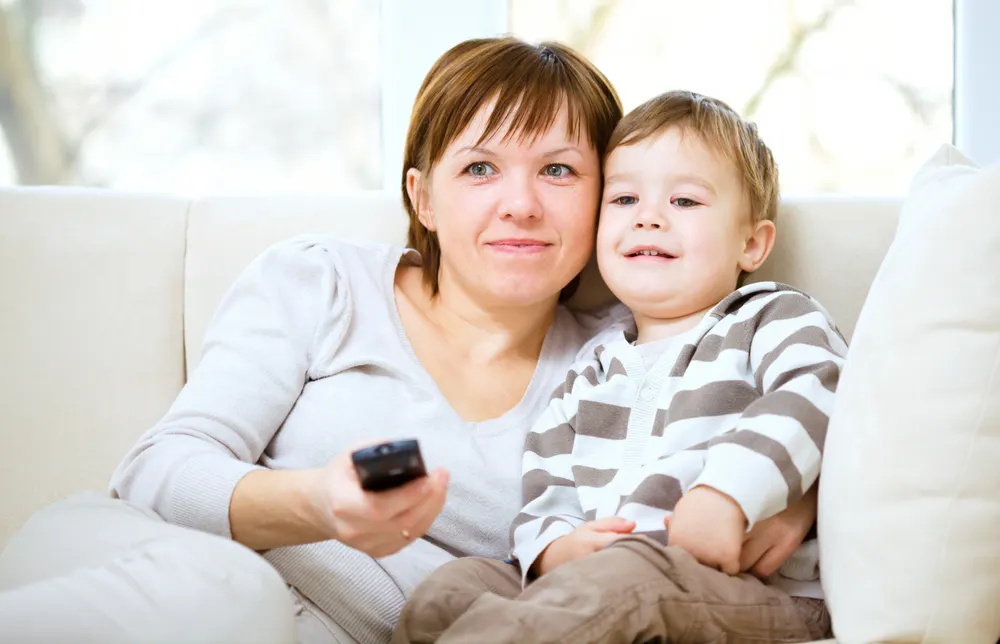
Selecting Quality Programming
Selecting quality programming is an essential part of managing your toddler’s screen time. Different types of screen time can offer various benefits, and some shows are specifically designed to aid in the development of children’s cognitive, emotional, and social skills. One such show that stands out for its educational value is “Daniel Tiger’s Neighborhood”.
Daniel Tiger’s Neighborhood
This animated program, inspired by “Mister Rogers’ Neighborhood”, is a great way to introduce your child to important social-emotional skills and self-regulation.
The show features relatable characters and everyday scenarios, which subtly teach children how to handle their emotions and navigate social situations.
Daniel Tiger and his friends exemplify kindness, empathy, and resilience, fostering these values in your child during their early years.
Moreover, “Daniel Tiger’s Neighborhood” also boasts episodes that address specific situations that may be anxiety-inducing for many toddlers, such as potty training, visits to the doctor or dentist, or transitions like starting preschool.
These episodes can help to alleviate your child’s fears and anxieties about these experiences by providing them with a friendly and comforting perspective.
Hence, when it comes to choosing types of screen time for your little one, “Daniel Tiger’s Neighborhood” stands as an excellent option that combines entertainment and education effectively and responsibly and has been a favorite in my household!
Bluey: A Show That Embodies Creative Play and Life Lessons
Another show that has made its way onto my list of favorites is “Bluey”.
This animated series is not only entertaining but also serves as a wonderful example of creative play and a teaching tool for both parents and children.
The show is set in Australia and follows a six-year-old Blue Heeler puppy named Bluey, who, along with her younger sister, Bingo, turns everyday family life into incredible adventures.
What makes “Bluey” particularly appealing is its reliability.
The show captures the essence of family life in a humorous and heartwarming way that usually leaves me either laughing heartily or shedding a few tears.
The playful and imaginative world of Bluey and Bingo is full of lessons about social skills such as sharing, cooperating, and navigating tricky situations with friends and siblings.
“Bluey” is also a good example for parents on how to engage with their children in creative play and support their social and emotional development.
It provides a plethora of ideas for games and activities that can stimulate a child’s imagination and cultivate problem-solving skills.
One of our favorites to play is from the episode called “Tickle Crabs!”
In a nutshell, “Bluey” is a fun, educational, and touching show that both parents and kids can enjoy together.
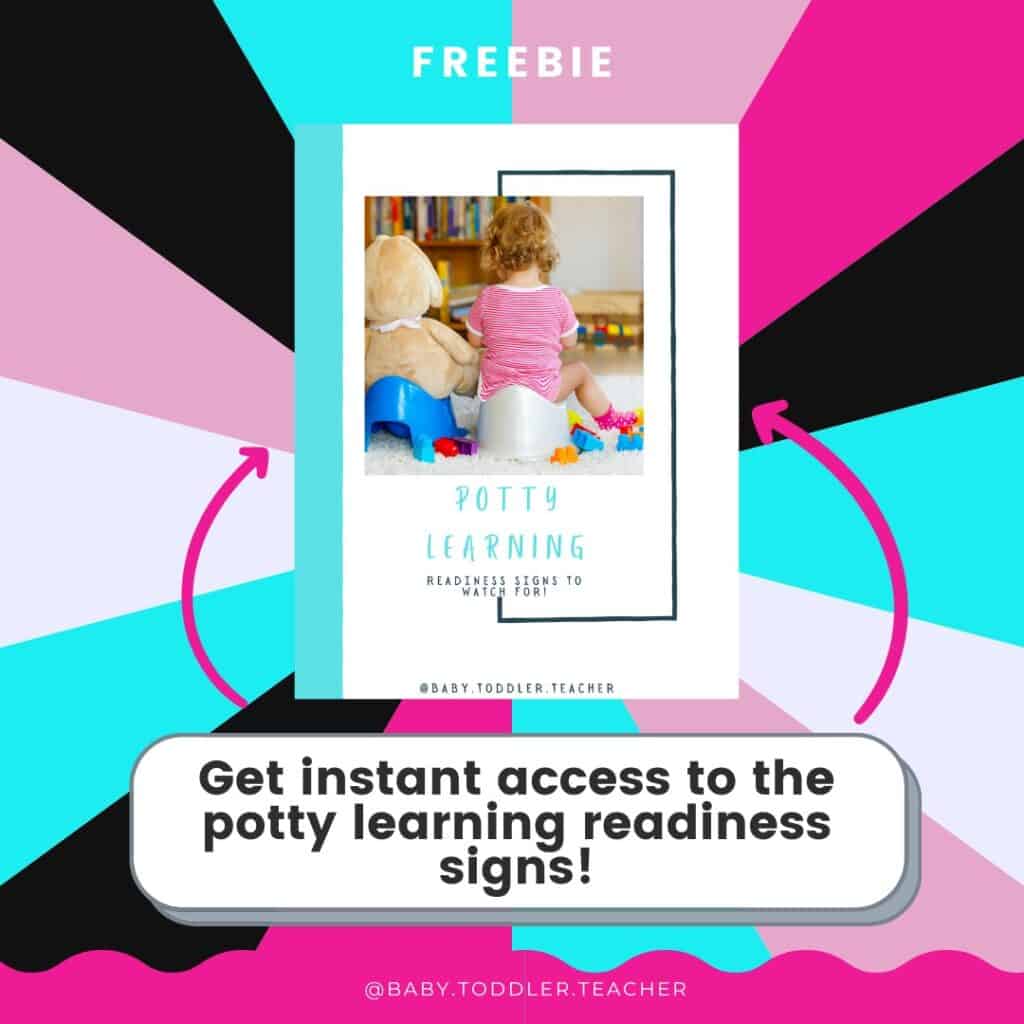
Sesame Street: A Timeless Classic
One show that continues to hold its place on my list of favorites is the classic “Sesame Street”.
A timeless masterpiece, Sesame Street has been at the forefront of children’s programming since its inception, with its multifaceted approach to learning and development.
Every episode is a unique blend of entertainment and education, making learning an enjoyable process for children.
The show places a strong emphasis on problem-solving and social-emotional development, exploring a variety of skills through engaging narratives and relatable characters.
From simple arithmetic to understanding emotions, the lessons imparted by Elmo, Big Bird, and the rest of the Sesame Street gang are invaluable.
The diverse cast also reflects the multicultural world we live in, helping children appreciate and respect differences.
Undeniably, “Sesame Street” has left an indelible mark on children’s television, expertly combining fun and learning in a way that resonates with both children and adults alike.
Ms. Rachel: Encouraging Language Development through Music and Play
“Ms. Rachel” is another excellent show for toddlers, particularly for those learning to talk. The program is characterized by its powerful blend of music, play, and language strategies.
Ms. Rachel introduces children to a world of words through catchy songs and interactive segments that emphasize repetition and rhythm – two critical elements in language acquisition.
The show’s engrossing tunes are more than just entertaining; they are meticulously designed to promote vocabulary growth, sentence structure, and verbal comprehension.
By reinforcing words and phrases through songs, Ms. Rachel helps children to grasp language in a fun, memorable way.
The interactive nature of the program also encourages toddlers to engage in dialogue, thus practicing speech.
Moreover, “Ms. Rachel” is not only beneficial for toddlers but also a valuable resource for parents. The strategies used in the show – repetition, music, and playful interaction – are easily transferable to everyday interactions with children.
By incorporating these methods into daily routines, parents can foster continuous language development, helping their toddlers to become confident communicators.
Cosmic Kids Yoga: Combining Movement and Mindfulness
“Cosmic Kids Yoga” is yet another stellar show that offers immense benefits for young children.
This unique program seamlessly blends physical activity and mindfulness, promoting overall wellness.
Each episode features fun, engaging yoga routines that are designed to get kids moving, enhancing their physical fitness and coordination.
But what truly sets the show apart is its focus on self-regulation strategies.
As children follow along with the yoga poses, they are also introduced to deep breathing exercises and relaxation techniques.
These mindfulness practices are skillfully woven into the narrative of each episode, teaching children how to manage their emotions, reduce stress, and develop a sense of calm.
With its vibrant storytelling and playful approach, “Cosmic Kids Yoga” not only keeps children physically active but also fosters their emotional well-being.
It offers an excellent way for kids to learn and practice self-regulation skills, making it a valuable addition to their screen time.
Watch and Learn with Your Child
For parents of children in their early childhood, actively participating in children’s screen time can be one of the best things you can do to enhance their learning experience.
Watching educational shows together not only serves as an opportunity for you to bond with your child but also allows you to engage in meaningful conversations about the content.
The dialogue can help reinforce what your child has learned and encourage them to think critically about various topics.
More than that, your presence can help them feel safe, secure, and supported, which is integral to their overall development.
Another beneficial aspect of joint screen time is the possibility of using technology for interaction with family members who might be living far away.
With features like video chat, children can foster relationships with relatives and friends, enhancing their social skills.
In essence, being actively involved in your child’s screen time can have manifold benefits, making screen time a shared, interactive, and enriching experience.

Make Transition from Screens Easier
Making the transition from screen time can often be challenging, especially for younger children.
However, with a bit of planning and proactive engagement, it can be made smoother.
One effective way is to have a fun activity lined up for your child to look forward to.
This could be anything from playing outside, working on a craft, or engaging with play dough.
By planning an exciting activity, you shift their focus from the screen to the upcoming activity.
Another effective method involves actively connecting with your child during their screen time.
This means sitting next to them, discussing what they’re watching, and engaging in playful banter.
This connection makes the transition easier as it ensures that the child doesn’t view the end of screen time as a sudden halt to entertainment but rather a shift from one enjoyable activity to another.
Letting your child take an active role in ending their screen time can also be beneficial.
Give them the responsibility of turning off the TV or tablet.
This minor task can make a big difference.
It’s a little bit like a ceremonial closure, marking the end of screen time and the beginning of the next activity.
By incorporating these strategies, you can make the transition from screen time a lot smoother and less jarring for your child.
Keep in mind, that these approaches may need to be tailored based on the child’s age, interests, and temperament.
But with a little bit of patience and creativity, you can turn the often-dreaded end of screen time into an exciting start of something new.
I hope you found these tips helpful!
The best choice for parents when it comes to managing the amount of screen time for your child is to ensure it’s beneficial for their development.
The key is to focus less on the quantity of screen time and more on the quality of the content your child is consuming.
Educational shows like “Ms. Rachel” and “Cosmic Kids Yoga” provide a perfect combination of entertainment and learning, promoting language acquisition, physical fitness, and mindfulness.
Watch and learn together with your child to reinforce the educational content and take advantage of technology for social interactions.
Lastly, remember, that transitioning away from screens doesn’t have to be a struggle.
With planned activities, active engagement, and a little creativity, you can make it a seamless, enjoyable experience, enhancing the overall effectiveness of screen time in your child’s growth and learning journey.
Related Posts You Will Enjoy
The Best Balls for Toddlers Who Love to Throw!
How to Keep a 2-Year-Old Busy at Home
Easy 1-Year-Old Sensory Activities
How to Handle Toddler Screaming and Why it Happens
The Best Climbing Toys for Toddlers
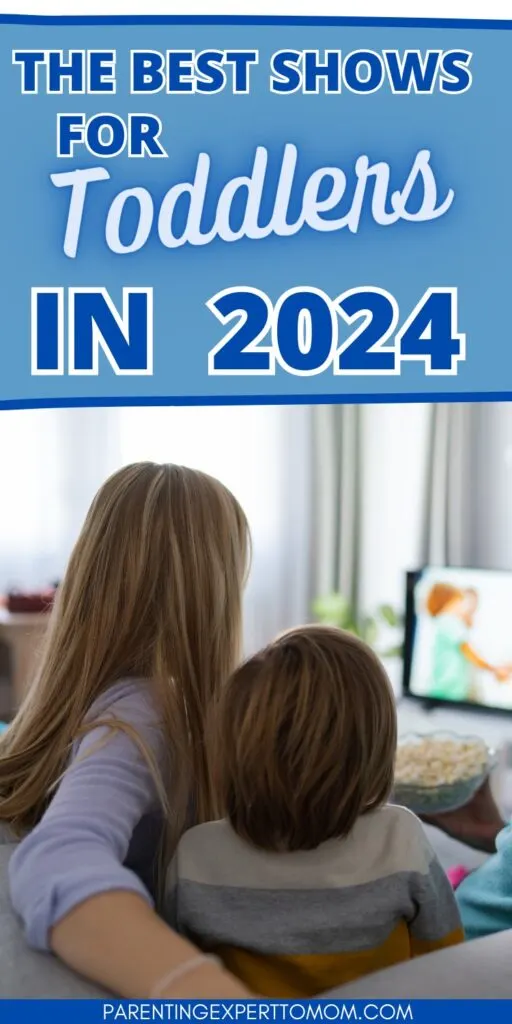

Kayla O’Neill has a master’s degree in education as well as a bachelor’s degree in special education with an emphasis in early childhood education. She has been working as a developmental therapist with babies and toddlers in early intervention since 2012. She is also a mom with two young children.
